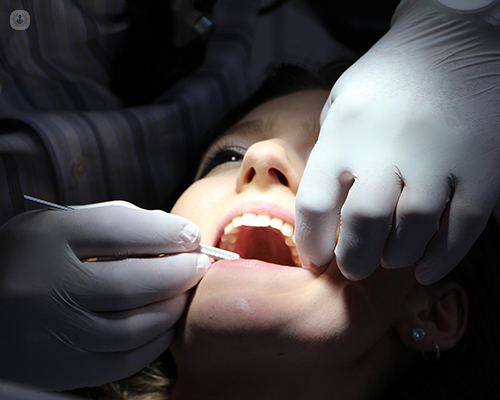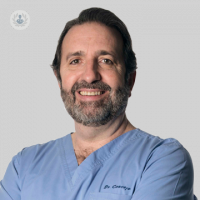Computer guided dental Implantology
Written by:The teeth are essential for chewing and, if they are missing, not only digestive problems occur but also causes the movement of healthy teeth, the loss of bone in the jaws and an early facial aging. The replacement of the dental pieces reaches today a high degree of perfection with the placement of dental implants that imitate the structure of the tooth (root and crown) and therefore allows a very natural rehabilitation.
Today, the success of implants exceeds 95% and the few failures that are recorded are usually related to poor bone quality, the presence of infections or an excess in the habit of snuff. However, even in these cases, it is possible to reposition the implant, obtaining results very close to 100%.

How the implants are placed
For an ideal placement of the implants it is necessary that not too much time elapses since the loss of the tooth because the bone of the jaws is lost and in some cases almost disappears completely. In these cases of significant bone loss, it may be necessary to perform techniques that regenerate lost bone again.
These techniques consist of using artificial bone or performing a bone graft obtained from the chin or, even when we need a lot of bone, from the hip, although there are currently techniques to avoid grafts such as implants placed in the zygomatic bone ( near the cheekbones) or the all-on-four technique with very satisfactory results and a quick recovery.
The new techniques and tools available today make implant placement a non-aggressive surgical intervention, thanks to sedation, the need to make incisions in the gum and the possibility of immediate loading.

Benefits of advances in Implantology
All the procedures performed in the mouth are susceptible to be performed under intravenous sedation, an anesthetic procedure that allows keeping the patient in a state very close to sleep and with a high degree of relaxation so that, once the process is finished, the patient Patient can leave the clinic by his own feet.
The other technique that has made implanting a very non-aggressive process is computer-guided surgery that involves the placement of dental implants through a system of guides that are manufactured by computer and that do not have to make any cut in the gum
The advantages for the patient are due to the fact that there are no wounds so there is practically no pain or inflammation making the postoperative period very comfortable , being able to have an absolutely normal life from the first day of the intervention.
But undoubtedly, the most important advantage of computer-guided surgery is the assurance that the placement of the implants is carried out by means of a very precise system that guarantees a precise positioning in the most suitable place.
This very accurate planning allows a prosthesis prepared to be screwed to the implants at the same moment of placing them, which is called immediate load prosthesis.. Finally, this technique allows placing implants in complex cases in which there is little bone because it allows to search and take advantage of all the areas of the maxilla, which would be almost impossible without this technology.
Thanks to these advances, there is practically no case in which dental implants can not be placed, allowing all patients who have lost one or several teeth to avoid traditional dentures and choose a better option.


